Translation of the article content into English:
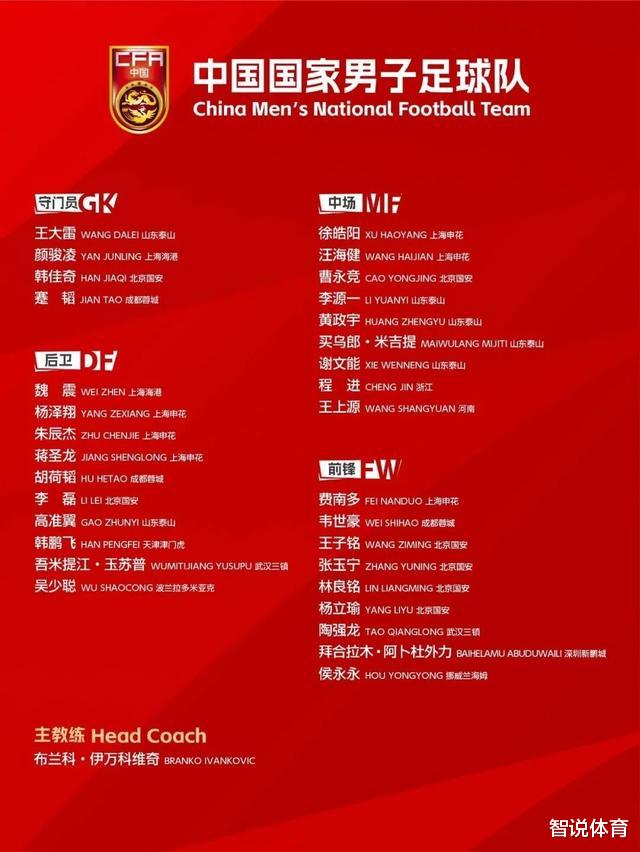
The latest training list of the Chinese men's national football team includes a total of 32 players, with detailed personnel distribution as shown in the figure. The author discovered three major characteristics in this list and also saw hope for the future of Chinese football. Let's discuss them together.

Feature One: No Longer Superstitious About the CSL Champion Team
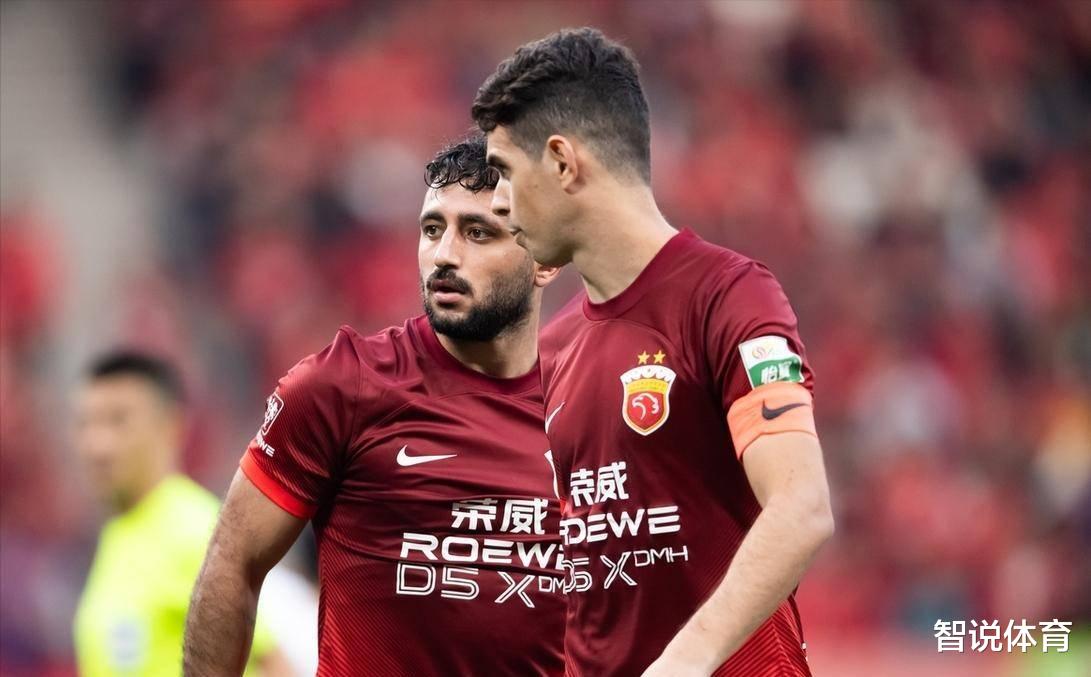
In this list, only two players from the Chinese Super League (CSL) champions Shanghai Port were selected (Wei Zhen and Yan Junling), one of whom is a goalkeeper. This indicates that the national team is no longer blindly superstitious about champion teams but instead focuses more on real strength, which is a good thing.
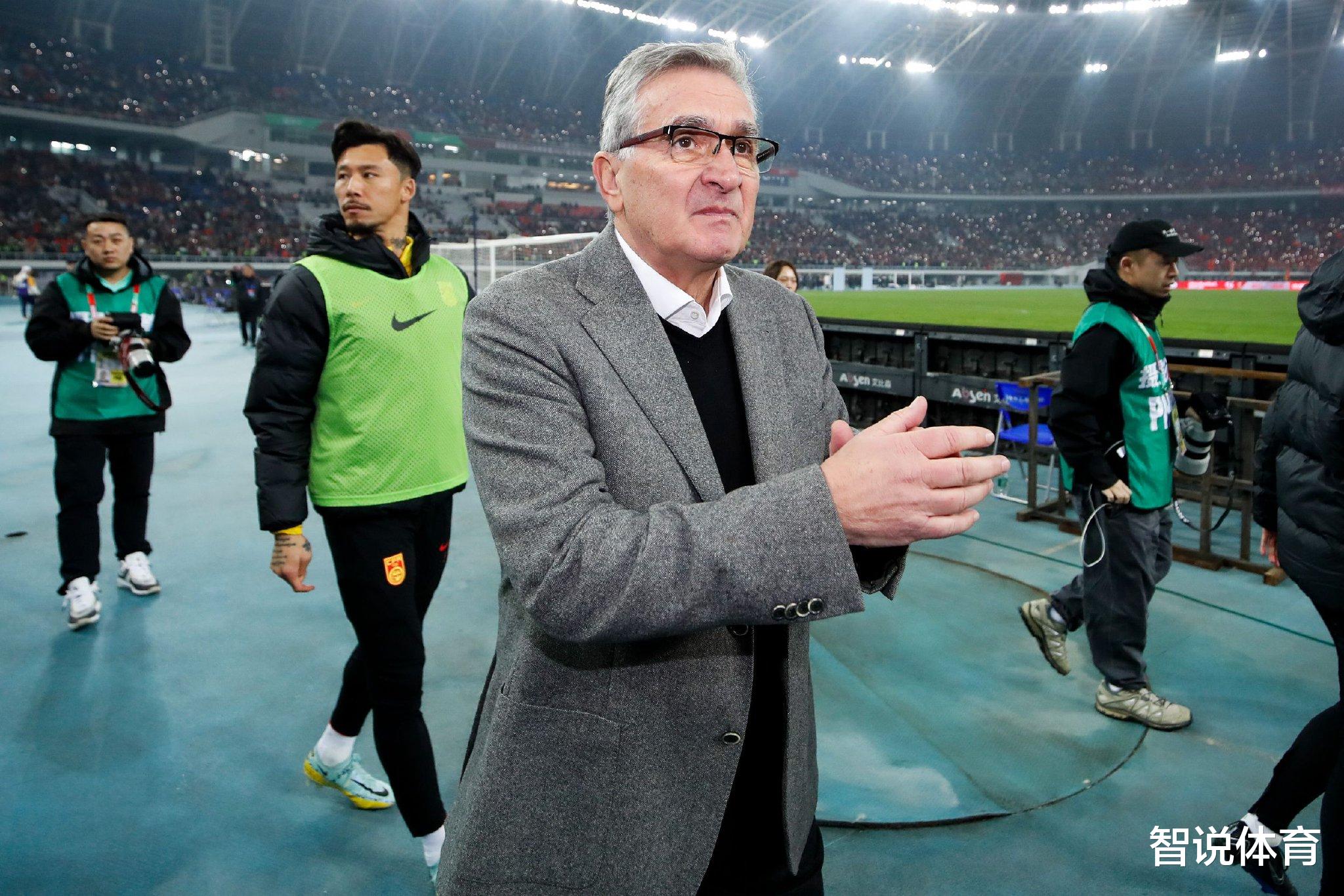
Winning a league championship is closely related to the team's operating funds and the level of foreign players, and does not necessarily reflect the strength of domestic players. Even if they have the ability, willingness and chemistry are also important considerations. In the 2024 CSL season, Shanghai Port had an impressive lineup of foreign players, with a significant tactical presence and influence. I believe Ivan Kozlovski would have taken note of this.
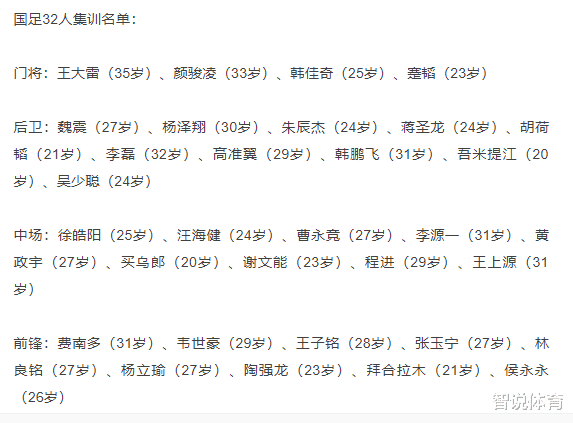
In contrast, teams like Beijing Guoan, Shanghai Shenhua, Shandong Taishan, and Chengdu Rongcheng have become major contributors to the national team. Selected players include defenders from Shenhua, midfielders from Taishan, wingers from Rongcheng, and forwards from Guoan. These players can be evaluated by everyone; are they among the best in the domestic league? I think so, and I believe Ivan has a keen eye and unique insights in selecting players.
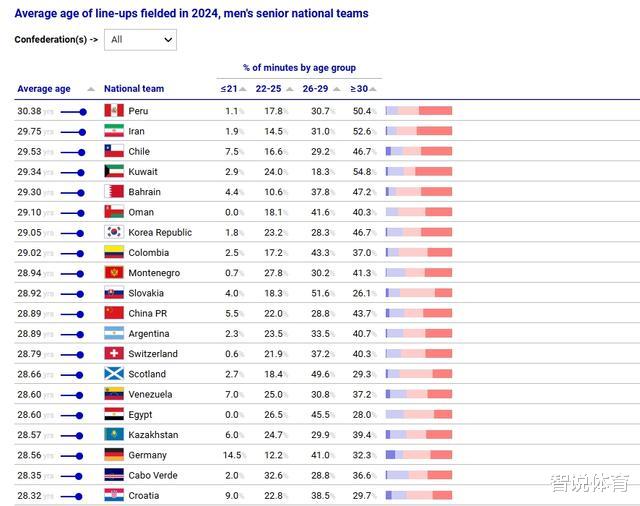
Feature Two: Courage to Promote the Renewal of Generations
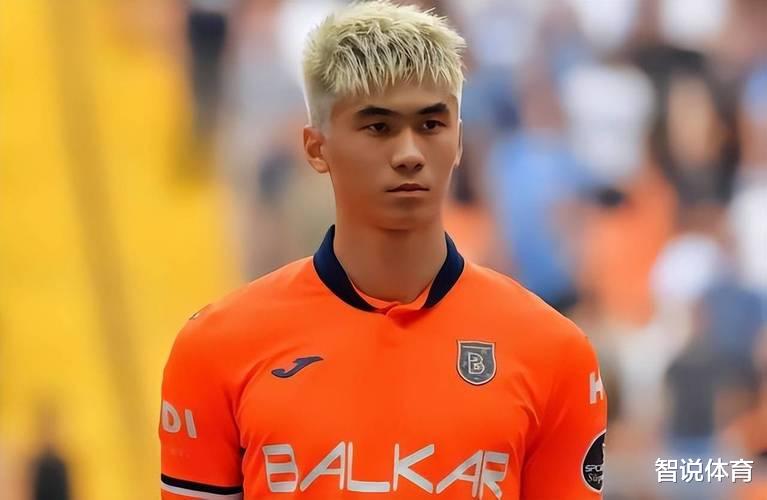
The current 32-man training list for the men's national team includes as many as 11 players born after 2000, with an average age of 26 years old, and only one player from the 1980s, Wang Dalei, with the youngest being just 20 years old. All of these points indicate Ivan's courage in promoting the renewal of generations within the national team lineup.

Ivan's approach deserves praise; last year, the Chinese team was the second oldest at the Asian Cup, but in less than a year, the effects of Ivan's reforms have been evident.

In recent years, Chinese football has been too focused on immediate success, only wanting results and not seeing its own position, which has seriously affected the process of generational change. Young people represent the future and hope; losing is not scary, what's scary is losing without meaning and not seeing a future. If previous editions had done the same, the results might have been much better than they are now.
Feature Three: Willingness to Give Potential Players Opportunities
The current training list for the men's national team features several new faces, including controversial naturalized player Hou Yongyong, 20-year-old rookies Maiwulang and Wumiti Jiang, and promising players Jian Tao, Wu Shaocong, and Yang Liyu.
Let's take Hou Yongyong, the top scorer and MVP of the 2024 Norwegian First Division, as an example. Some fans believe that his statistics are inflated and that the intensity of the Norwegian First Division is not comparable to the CSL, so there's no need to overpraise him. What did Ivan do? He directly called him up to the team, saying "let's see what you've got," and the truth will come out through practice. The same applies to the others. This is a reflection of Ivan's willingness to give potential players opportunities.
The national team is now willing to use young players, willing to give potential players opportunities, and no longer selects players based on seniority. How can such a national team not make progress?
Dear football fans, what are your thoughts on this? Welcome to leave your comments and join the discussion!